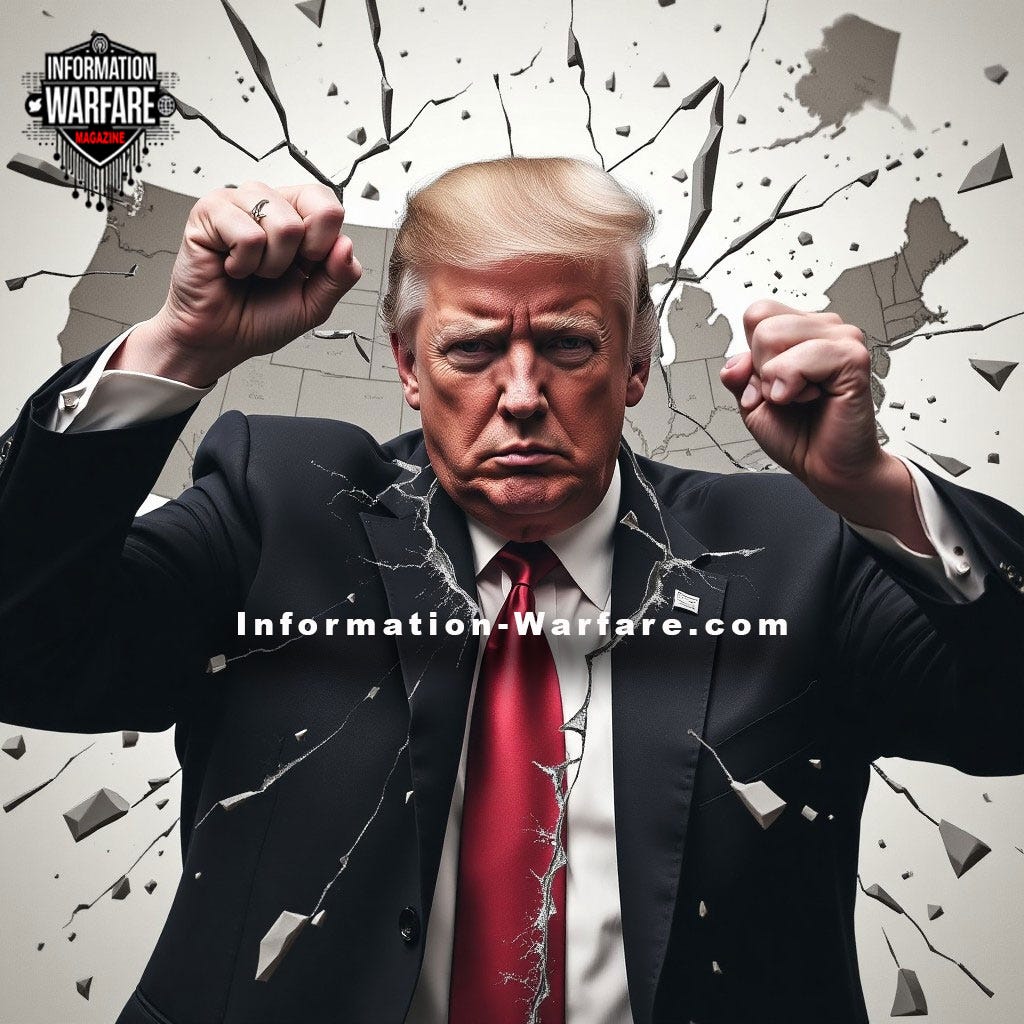How Trump Broke the USA
A Multi-Dimensional Analysis
How Trump Broke the USA: A Multi-Dimensional Analysis
Introduction
Donald Trump's presidency has left a lasting impact on America’s political, social, economic, and cultural landscape. While his leadership brought economic growth and nationalist policies for some, it also eroded democratic norms and deepened societal divides. After his re-election in 2024, Trump’s influence continues to polarize and redefine the nation.
Political Polarization and Democratic Norms
Trump’s rhetoric has intensified partisanship, branding mainstream media as “fake news” and labeling opponents as enemies. His refusal to accept the 2020 election results, culminating in the January 6th Capitol riot, severely damaged public trust in the electoral process. His anti-establishment populism attracted fervent support but also fostered paranoia and distrust in government institutions.
Disinformation and Media Manipulation
Trump's use of disinformation became a hallmark of his presidency. From promoting conspiracy theories to branding facts as “alternative,” his approach undermined objective truth. Social media, particularly Twitter, amplified his narrative, fostering echo chambers that further divided society.
Economic Policies and Trade Relations
Trump’s economic strategies prioritized deregulation, tax cuts, and trade wars. The 2017 Tax Cuts disproportionately benefited the wealthy, while trade conflicts disrupted supply chains and harmed manufacturers. In his second term, the "Liberation Day" tariffs aimed to reduce foreign dependency but resulted in higher consumer prices.
Immigration and Border Control
Trump’s hardline immigration policies continued post-2024, focusing on mass deportations and bolstered border security. New barriers along the U.S.-Mexico border faced legal challenges and humanitarian criticism. Attempts at comprehensive immigration reform have stalled, with efforts primarily centered on enforcement.
Foreign Policy Shifts
Trump’s "America First" doctrine has weakened alliances and withdrawn the U.S. from key international agreements, such as the Paris Climate Accord. His administration prioritizes national economic interests over global cooperation, straining relationships with NATO and other allies.
Public Health and Pandemic Response
During the COVID-19 pandemic, Trump’s inconsistent messaging and dismissal of expert advice undermined public health efforts. His attempts to dismantle the Affordable Care Act, combined with healthcare deregulation, have left millions vulnerable without adequate coverage.
Cultural Division and Incivility
Trump’s rhetoric normalized incivility and personal attacks, promoting conflict over dialogue. By framing political debates as existential battles, he deepened societal divides and eroded empathy in public discourse.
Political Repression and Media Control
Accusations of political repression have increased during Trump’s second term, especially against critics and independent media. Efforts to control information and regulate social media platforms have heightened fears of authoritarianism.
Summary
Trump’s return to power has escalated concerns over authoritarianism, inequality, and repression. Supporters praise his economic policies and nationalist stance, but critics argue his approach has deepened societal divides and weakened democratic institutions. Whether the U.S. can heal from these divisions depends on the nation's resilience and commitment to rebuilding.
Conclusion: Breaking or Revealing?
Trump’s leadership has exposed and intensified existing fractures in American society—racism, inequality, and partisan media manipulation. His ongoing influence continues to shape the nation’s trajectory, testing democratic institutions and societal cohesion like never before. Whether America can rebuild or remain fractured is the critical question moving forward.


